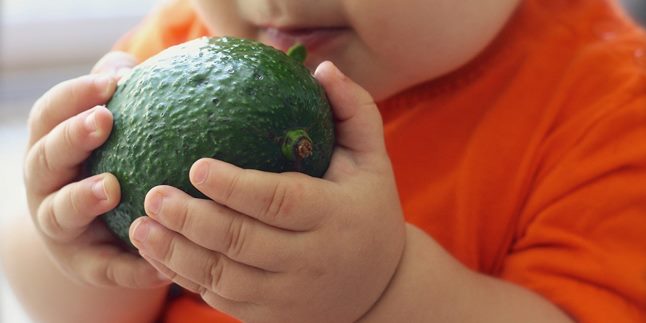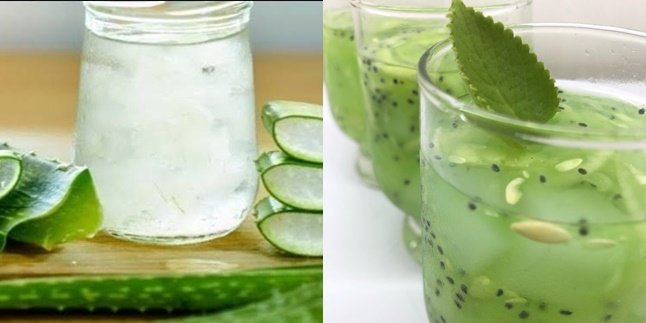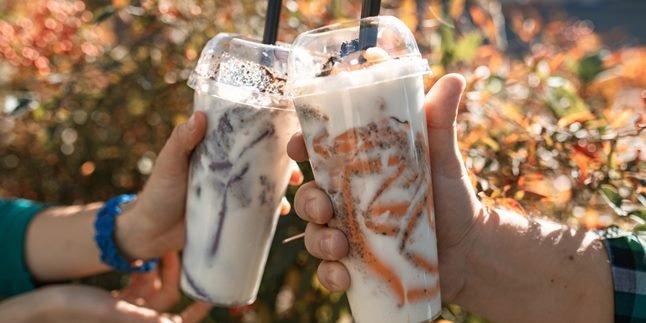Kapanlagi.com - Babies will not always be given breast milk during their growth period. There will be a time when babies will receive complementary feeding (MPASI) that will gradually replace breast milk as their main food. There are many foods that can be used as MPASI, one of which is vegetables. You can find recommendations for vegetables that are good for a baby's MPASI period.
Complementary feeding, or commonly abbreviated as MPASI, is given to babies after they reach six months of age. As the name suggests, this food is given as a complement to breastfed babies. The processing of MPASI must not be arbitrary, KLovers, because it is different from adult food.
Therefore, KLovers must choose the right food during MPASI. You can choose fruits, vegetables, tubers, nuts, and many more.
Yes, healthy food contains many nutrients that are good for a child and their growth period. These nutrients also replace the nutrients that have decreased in breast milk.
So, what are some good vegetable recommendations for a baby's MPASI period? Here are some vegetable recommendations for MPASI that KLovers can try. Let's check it out, KLovers.
1. Spinach
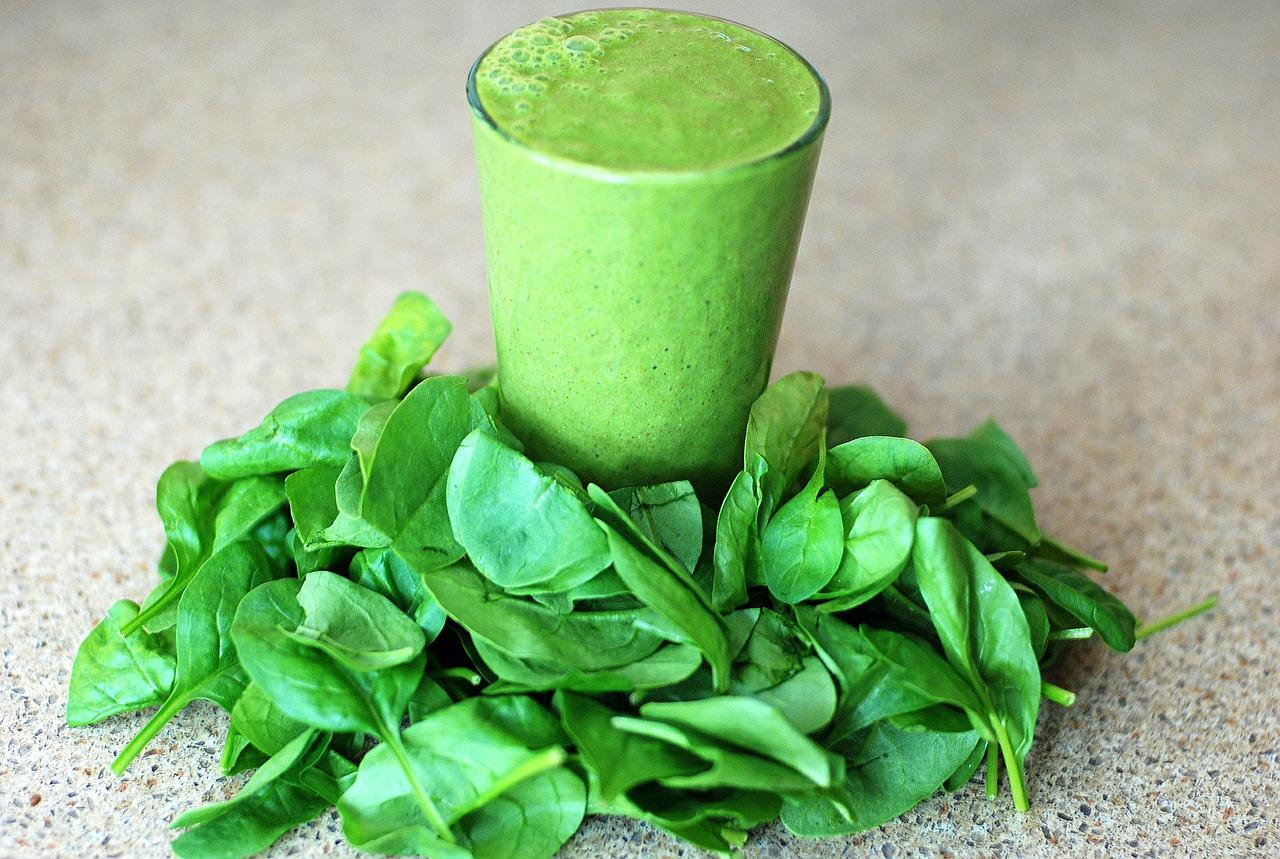
Illustration (credit: Pixabay)
This green vegetable indeed has a lot of good content for the body. It is not only good for children, but also for adults.
In spinach, there is good fiber content for children's digestion, thus preventing constipation in children. Not only that, spinach also contains vitamin A, vitamin C, folic acid, calcium, and iron which babies also need.
These contents are beneficial for maintaining eye health, facilitating oxygen circulation, and maintaining bone health. It is also easy to serve KLovers, you can make it into smoothies or thick porridge.
2. Broccoli
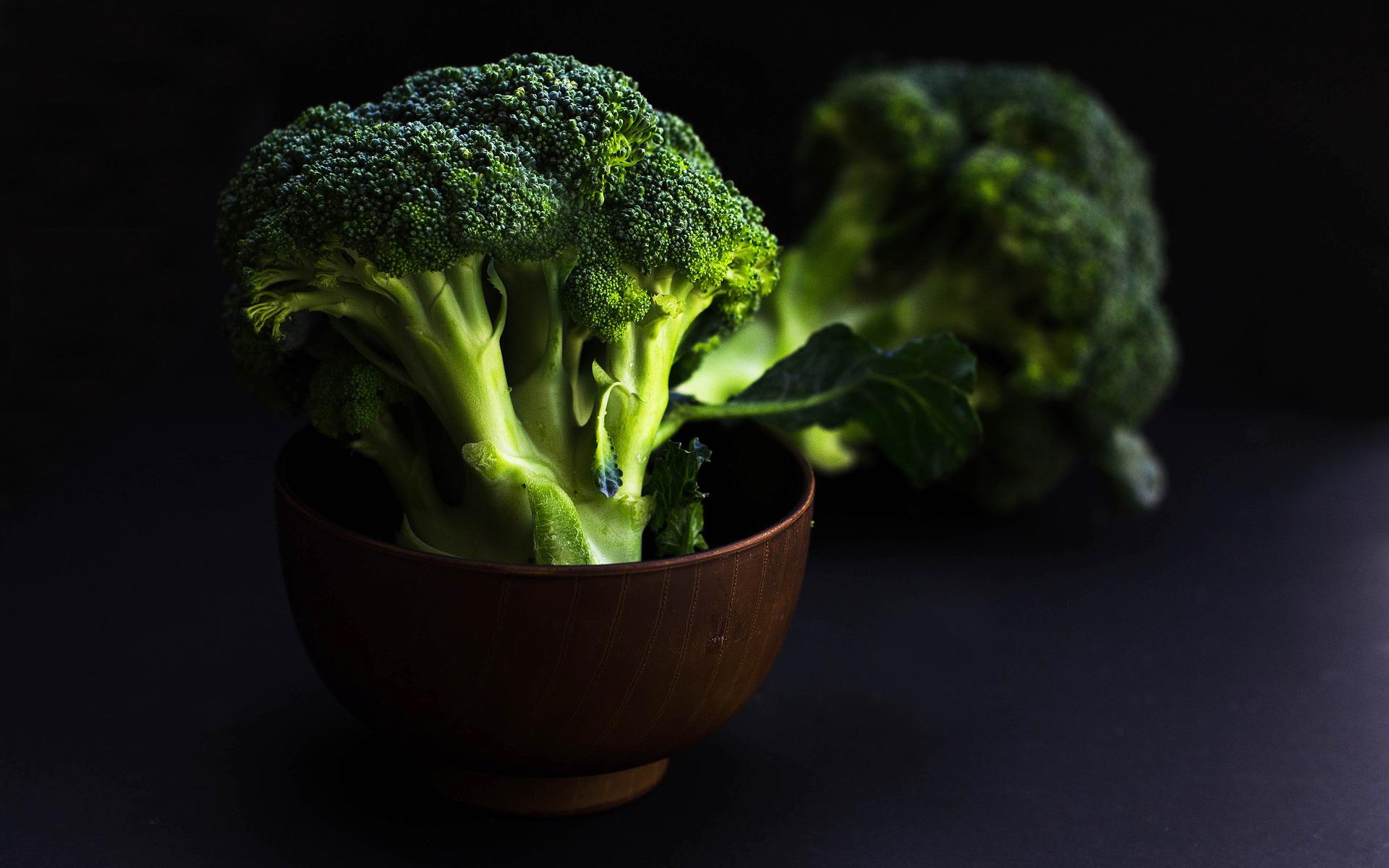
Illustration (credit: Pixabay)
Then, the recommended vegetable for the next complementary feeding period is broccoli. Like spinach, broccoli also has many incredible contents. As one of the vegetables for complementary feeding that babies can consume, broccoli is low in calories and rich in nutrients.
Not only that, broccoli also has zinc, magnesium, vitamin C, vitamin B, vitamin K, fiber, and potassium content. The contents in broccoli are beneficial as antioxidants, forming body and bone tissues, maintaining digestion, and maximizing protein content in food.
3. Pumpkin
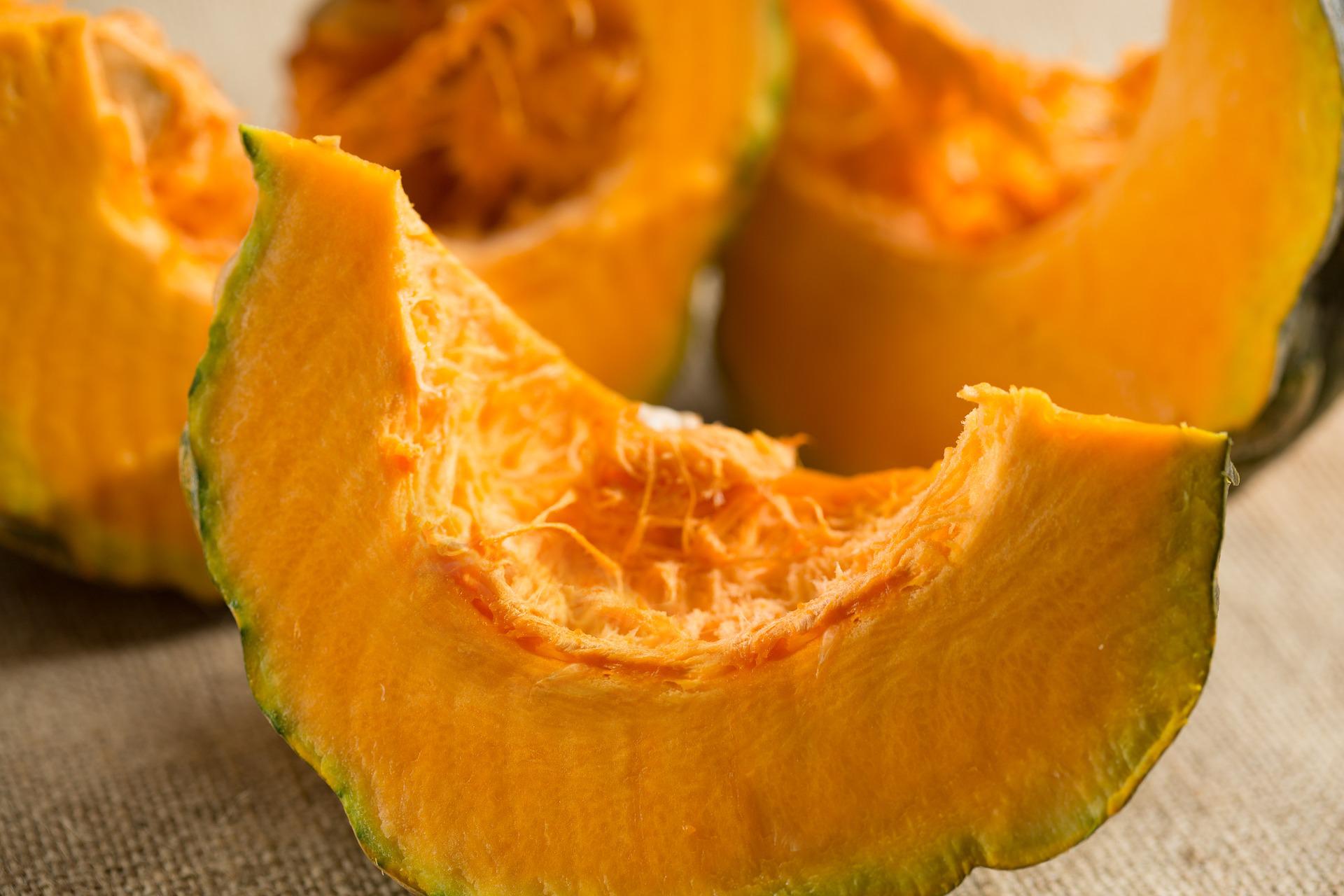
Illustration (credit: Pixabay)
Not only green vegetables, but pumpkin can also be a good recommendation for baby's complementary food. This is because pumpkin is rich in fiber, vitamins, and minerals that babies need.
In addition, pumpkin is also rich in antioxidants, potassium, and vitamin C which can help strengthen the immune system. Yellow pumpkin can also be used to facilitate baby's digestion.
4. Carrot
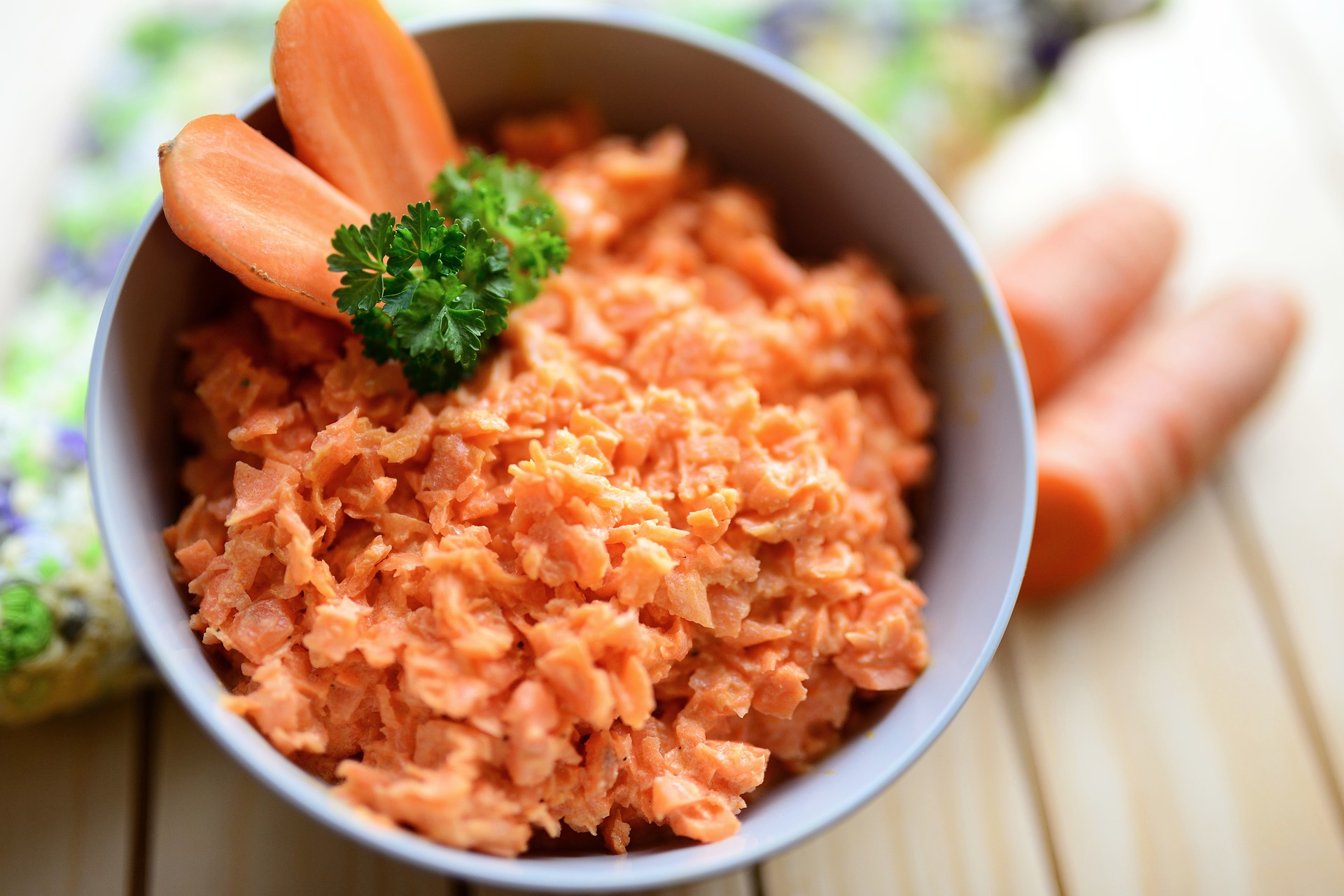
Illustration (credit: Pixabay)
Then there are also carrots that you can choose as a good recommendation for baby's complementary food. Quoting from the Eminence Kids Foundation, carrots contain nutrients that babies need such as beta-carotene, vitamin A, fiber, vitamin K1, and potassium.
And all of these contents are very good for children, and the nutrients they need during their growth. In addition, carrots can also add color to children's food. It's easy to prepare, you can make smoothies, porridge, or boil them so that children can eat them directly.
5. Chayote Squash
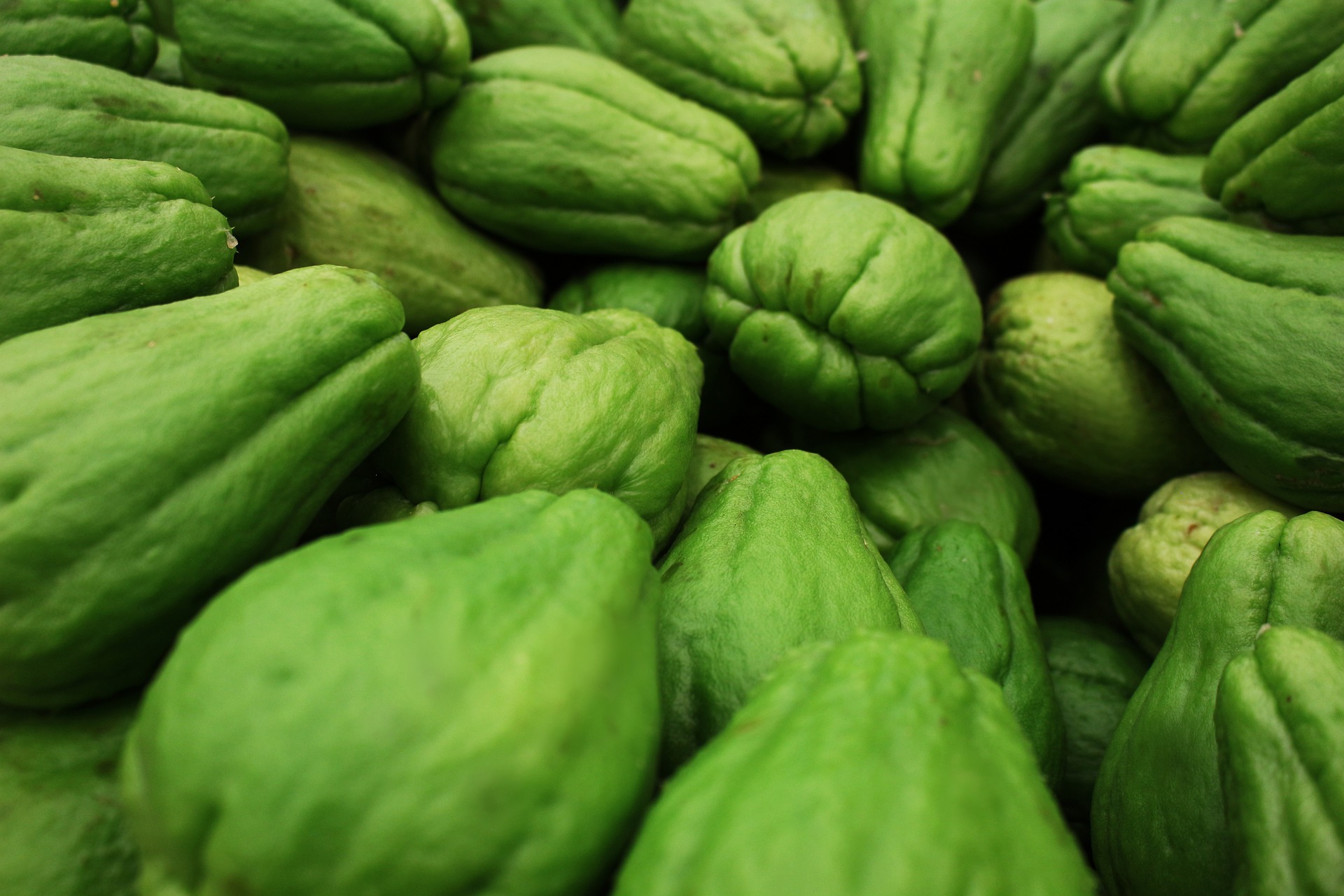
Illustration (credit: Pixabay)
In fact, chayote squash is also amazing as a complementary food for your baby, KLovers. Yes, this is because chayote squash contains phosphorus, calcium, and various vitamins that the body needs.
All of these contents can help the growth of teeth and bones in babies. Its soft texture is also suitable for little ones who are just learning to chew. Chayote squash also has a taste that stimulates children's appetite.
6. Green Beans
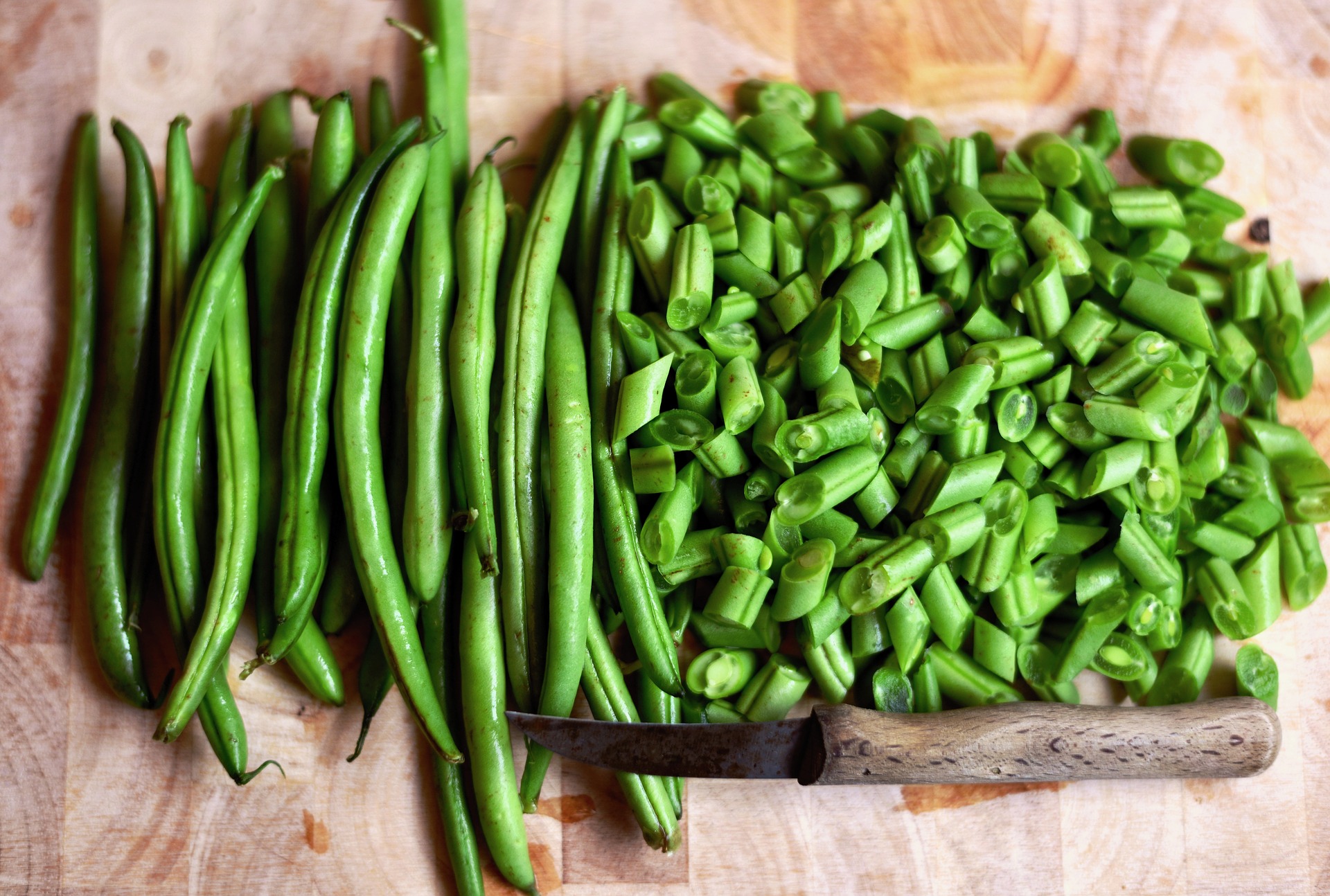
Illustration (credit: Pixabay)
Green beans can be considered both a vegetable and a legume, and they are a good recommendation for the period of complementary feeding. This green vegetable contains fiber, sodium, vitamin A, vitamin C, vitamin K, and iron.
Not only for adults, there are several benefits for babies, such as improving cognitive development, enhancing bone function, and facilitating digestion. So, don't hesitate to give your baby green beans, KLovers.
7. Tomatoes
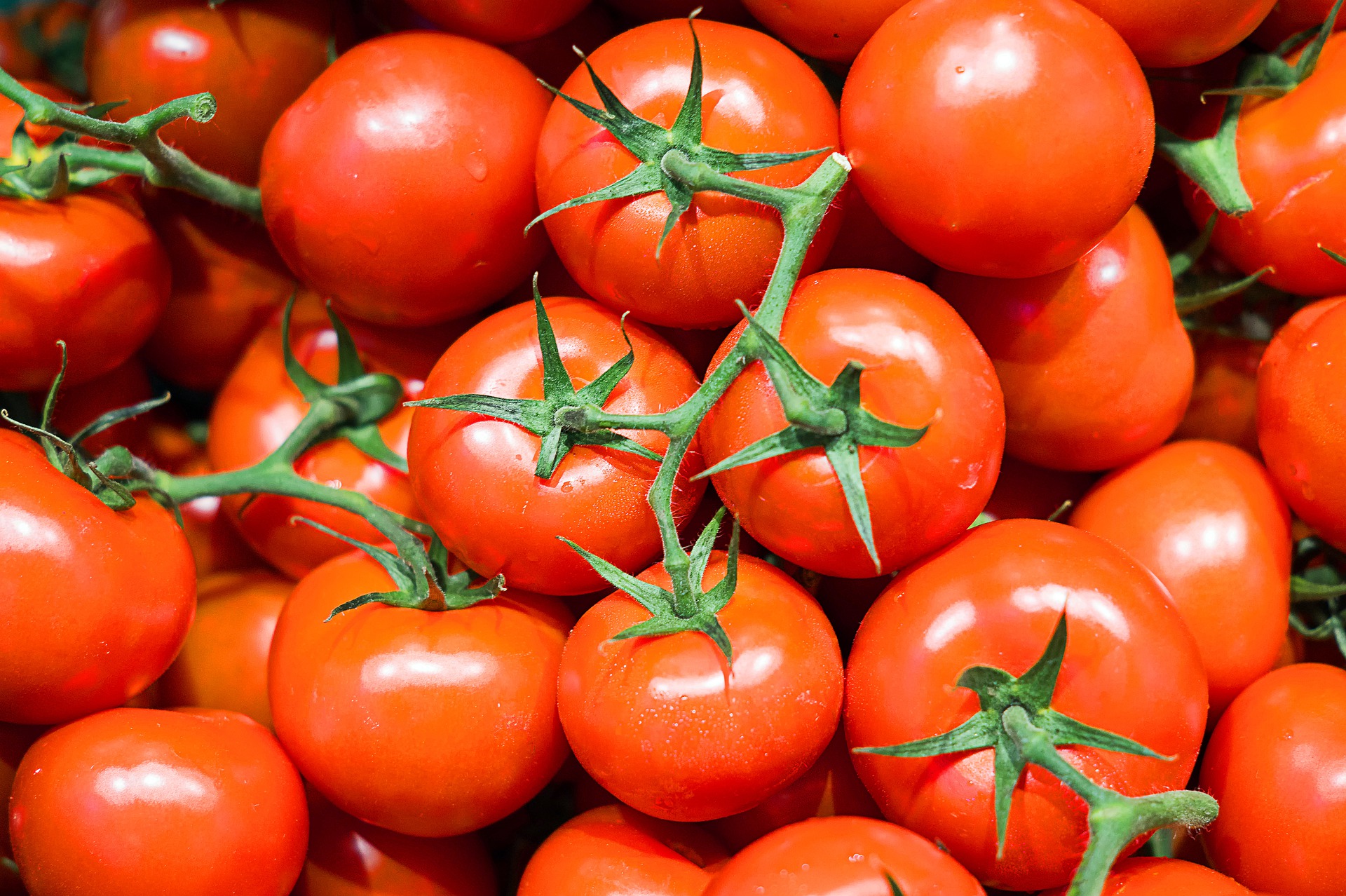
Illustration (credit: Pixabay)
Next, there are tomatoes, which are also a good recommendation for the period of complementary feeding. Tomatoes contain vitamin C and A that are good for your little one. In addition, the high water content is also beneficial for hydrating the body.
Tomatoes are also a source of antioxidants that will boost your child's immune system. So, it's no wonder that tomatoes are included as one of the good vegetable recommendations for the period of complementary feeding.
8. Potatoes
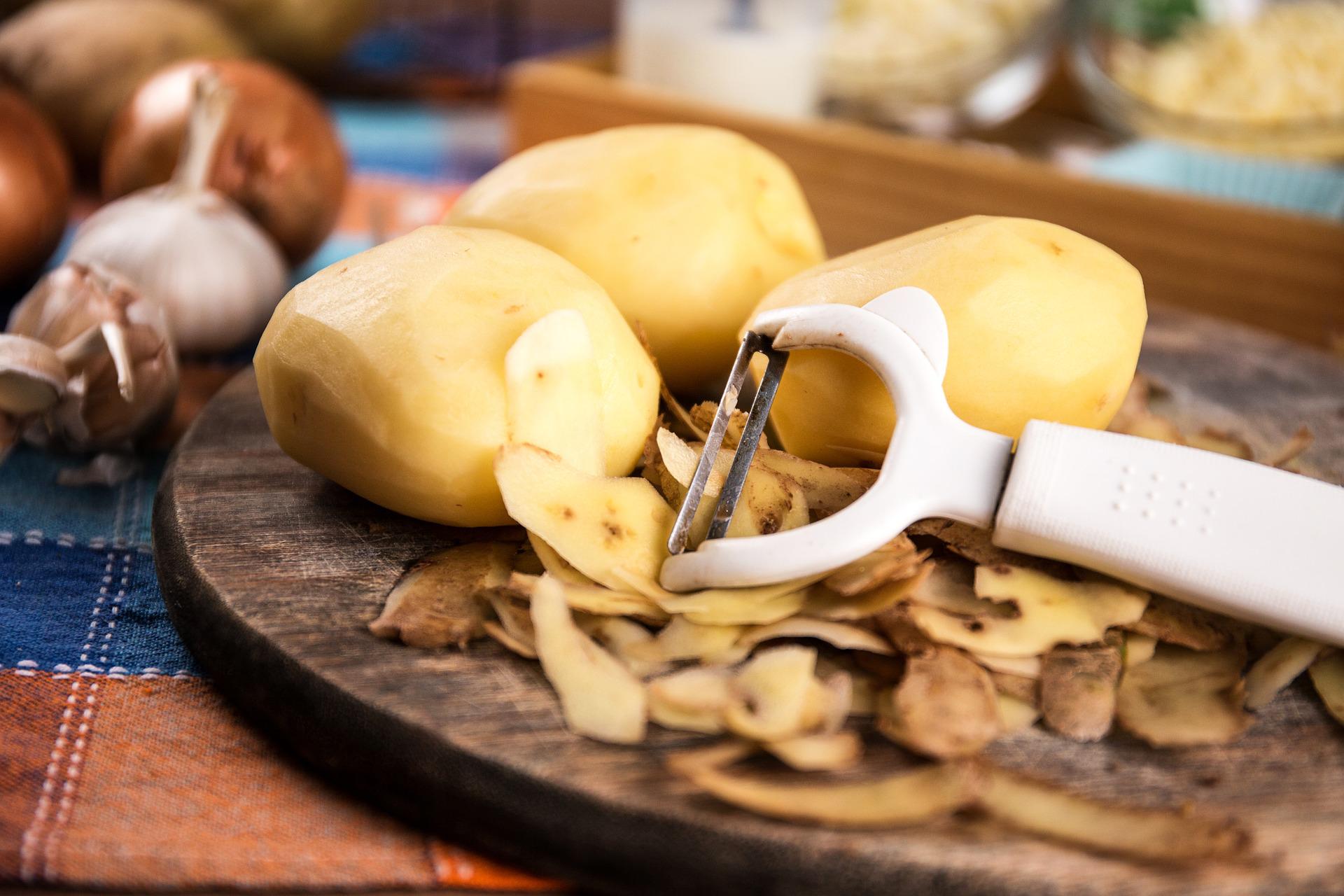
Still with the type of tuber, this time there are potatoes that also fall into one of the good vegetable recommendations for the period of complementary feeding. Potatoes are a type of tuber that can also be used as a vegetable.
This vegetable can be one of the best alternative foods for the complementary feeding menu when babies are learning to chew. Potatoes are rich in nutrients and rarely cause allergies.
Not only that, this vegetable contains nutrients such as vitamin A and C, folate, and minerals such as potassium, sodium, selenium, phosphorus, magnesium, and calcium that can support optimal growth and development of the baby.
9. Beetroot
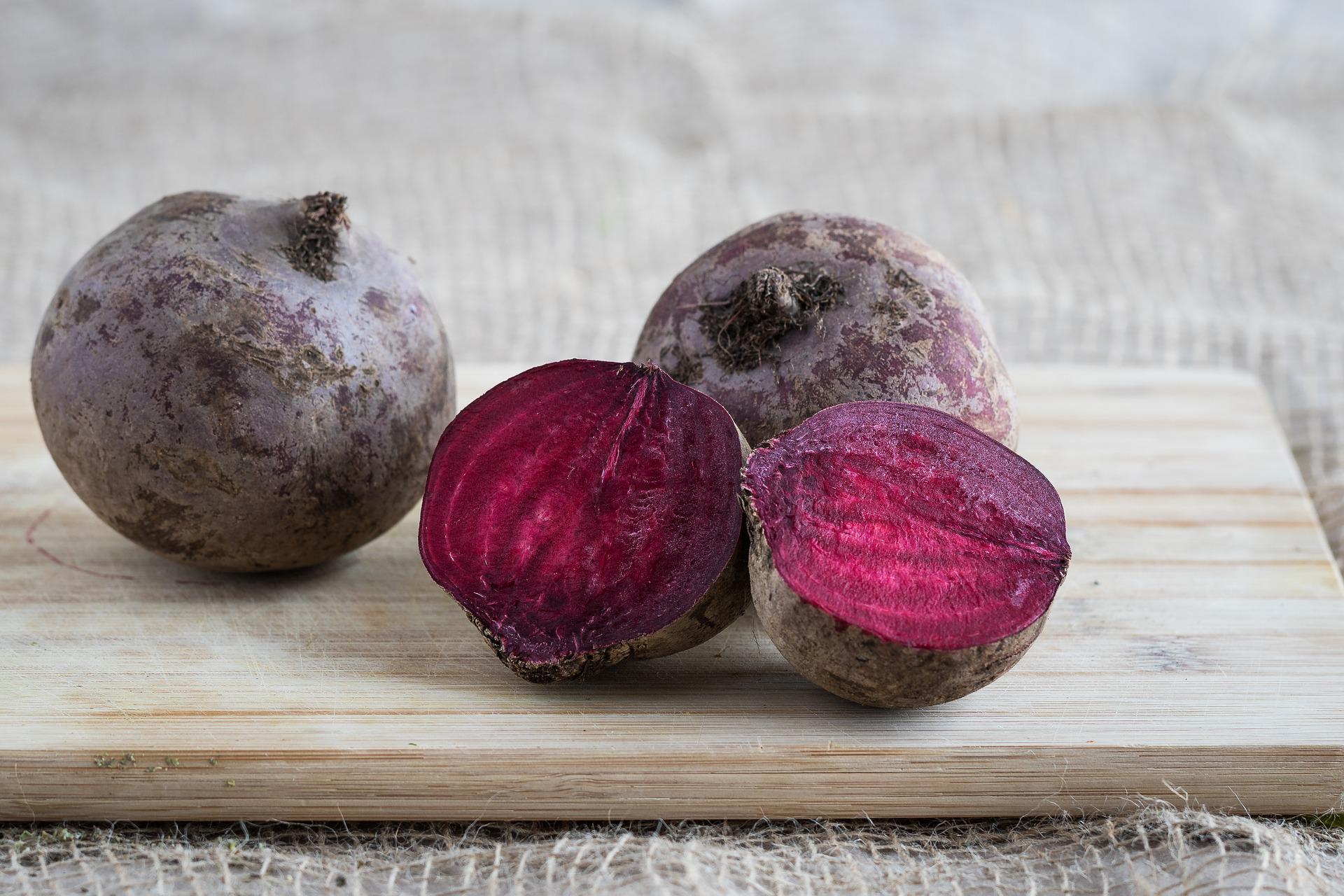
Illustration (credit: Pixabay)
Its name is beetroot, but this type of plant is not classified as a fruit, KLovers. It belongs to the climbing vegetable group like carrots. This vegetable with a deep purple color is rich in vitamin B, vitamin C, folate, and minerals that are good for the body.
Beetroot also contains high fiber which is good for digestive health. The way to process it is not difficult, KLovers, you can puree the cooked beetroot or mix it with other fruits or vegetables as a menu for complementary feeding.
10. Zucchini
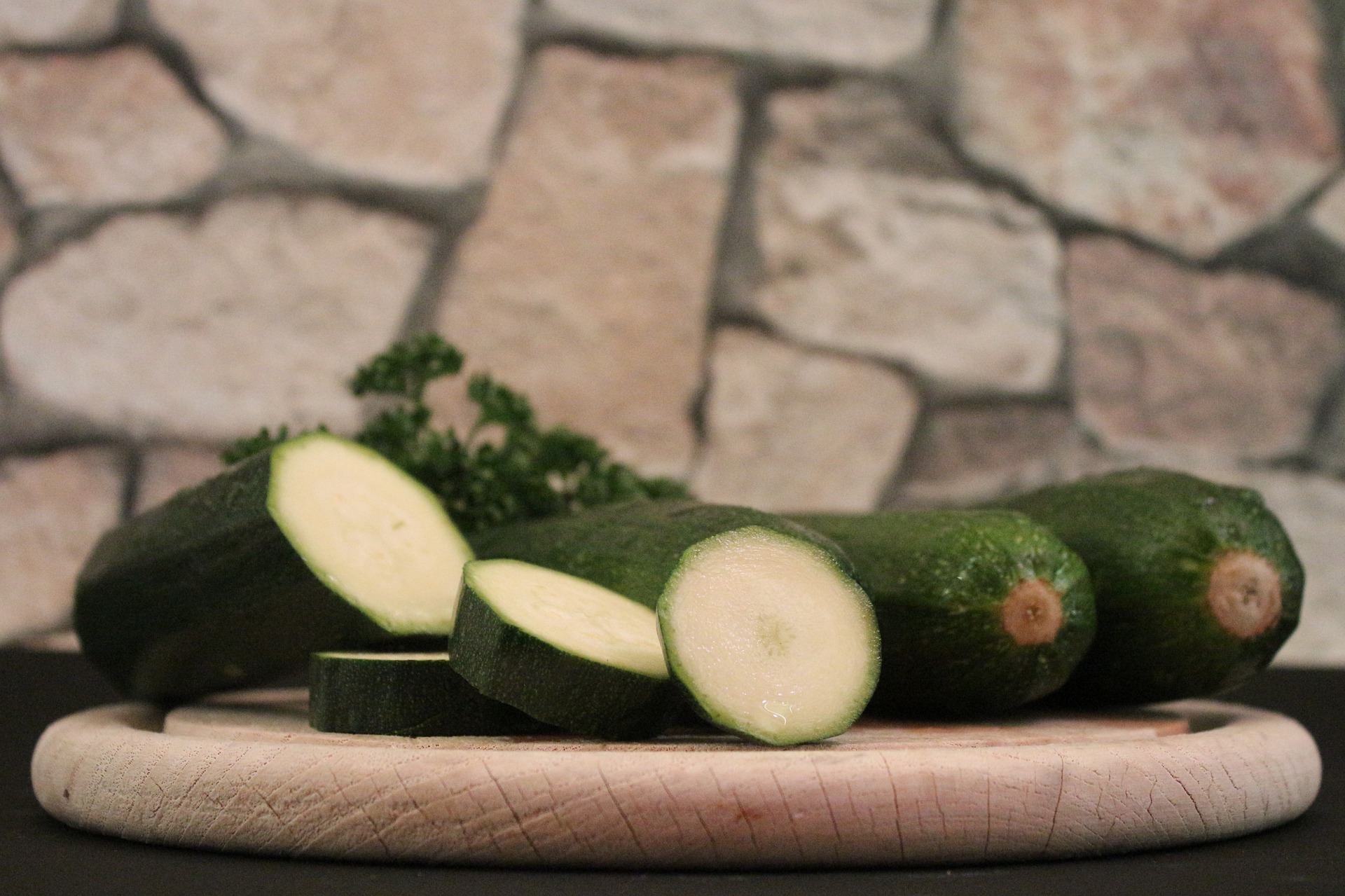
Illustration (credit: Pixabay)
And the last recommended vegetable for complementary feeding is Zucchini or Japanese cucumber. Yes, this type of vegetable is rich in beta-carotene which will then be converted into vitamin A, a substance that supports the immune system and eye health.
In addition, Zucchini also contains vitamin C, vitamin B6, vitamin K, folate, and minerals needed for baby's growth. You can cook zucchini by adding olive oil to make it a healthy food menu for complementary feeding.
Those are some recommended vegetables for complementary feeding that KLovers can choose. Not only vegetables, you can also add fruits as complementary feeding.
(kpl/gen/dhm)
Disclaimer: This translation from Bahasa Indonesia to English has been generated by Artificial Intelligence.
